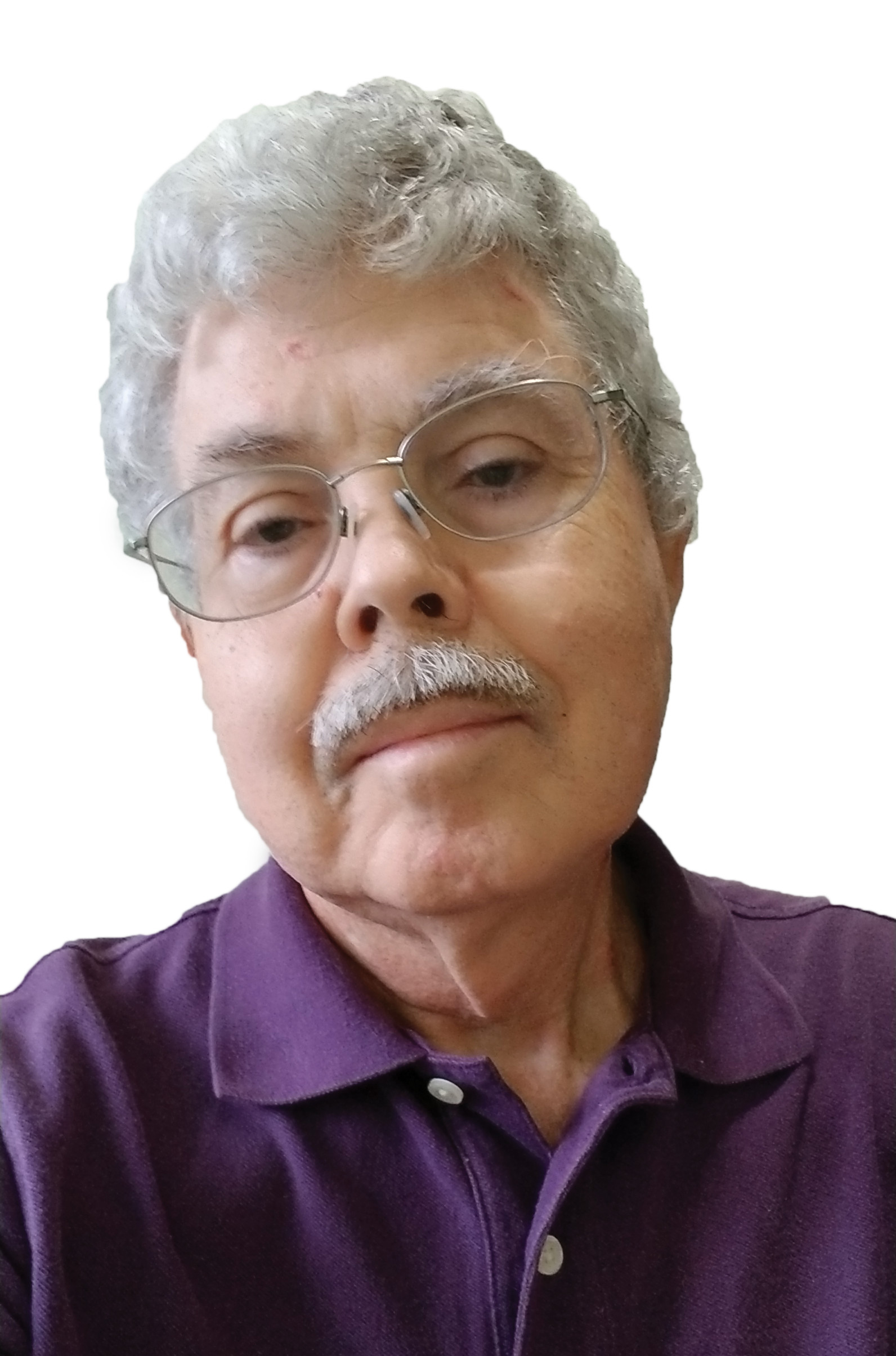In 2014 we saw one long time TV transmitter, Larcan close its doors. The Gores Group, which acquired the Harris Broadcast division from Harris Corporation re-branded the company “GatesAir”, recalling the legacy of the company's founder and it seems to be doing well. Management-owned transmitter company Comark received an investment from Hitachi Kokusai Electric in mid-2014, giving the company additional financial resources and the opportunity to share technology with Hitachi Kokusai's transmitter manufacturer Linear TV.
GatesAir and Comark both announced plans for efficient high-power solid-state transmitters based on Doherty amplifier technology. The GatesAir Doherty TV transmitters were on display at the 2014 NAB Show and by the end of 2014 some were on the air. The Comark high-power solid-state Doherty transmitter on display at NAB is being redesigned to take advantage of new amplifier technology being developed in cooperation with Hitachi. It should be on display at this year’s show. This is good news for broadcasters with older IOT-based transmitters. Competition between these two companies and other transmitter manufacturers such as Rohde & Schwarz should help keep prices low. The downside is support for older IOT and MSDC-IOT transmitters is likely to become more expensive as the number of tube sockets in use decreases.
Manufacturers of tunable transmitter mask filters and broadband antennas saw more interest from TV broadcasters in the United States due to the possible need to change channels as part of repacking after the FCC's incentive auction in 2016. While the FCC is required to reimburse broadcasters for the cost of changing channels in the repacking, exactly how that will happen and how much money will be available is still being discussed. Utilizing broadband antennas and tunable mask filters can reduce the amount of time off the air during a channel change.
RFS has shipped high-power water-cooled mask filters that can be configured to handle the highest UHF transmitter powers. I expect to see more high-power, lower loss tunable filters from other vendors this year.
Broadband antennas are relatively easy to implement with omnidirectional patterns but more skill is required to match the many UHF slot antenna patterns broadcasters will have to replicate to avoid losing coverage in a repacking. One of the benefits of a broadband antenna is it can serve multiple stations. If those stations require different patterns, broadband antenna design is complicated, but it has been done before; Merrill's Weiss' design using RFS panels on Mount Wilson to serve multiple TV stations is one example. This year RFS showed a compact omnidirectional broadband antenna with dual-feed elliptical polarization, the PEP-Lite, that is designed to simplify installation and reduce weight and wind-loading.
One thing the FCC could do to help speed the repacking process and reduce the impact on broadcasters and manufacturers would be to provide a way for broadcasters to purchase and install tunable mask filters and broadband antennas now, either individually or as a group of stations, and receive reimbursement, or a promise of future reimbursement that could be used to obtain financing, before the final channel assignments are released.
The professional video industry's #1 source for news, trends and product and tech information. Sign up below.

Doug Lung is one of America's foremost authorities on broadcast RF technology. As vice president of Broadcast Technology for NBCUniversal Local, H. Douglas Lung leads NBC and Telemundo-owned stations’ RF and transmission affairs, including microwave, radars, satellite uplinks, and FCC technical filings. Beginning his career in 1976 at KSCI in Los Angeles, Lung has nearly 50 years of experience in broadcast television engineering. Beginning in 1985, he led the engineering department for what was to become the Telemundo network and station group, assisting in the design, construction and installation of the company’s broadcast and cable facilities. Other projects include work on the launch of Hawaii’s first UHF TV station, the rollout and testing of the ATSC mobile-handheld standard, and software development related to the incentive auction TV spectrum repack. A longtime columnist for TV Technology, Doug is also a regular contributor to IEEE Broadcast Technology. He is the recipient of the 2023 NAB Television Engineering Award. He also received a Tech Leadership Award from TV Tech publisher Future plc in 2021 and is a member of the IEEE Broadcast Technology Society and the Society of Broadcast Engineers.
